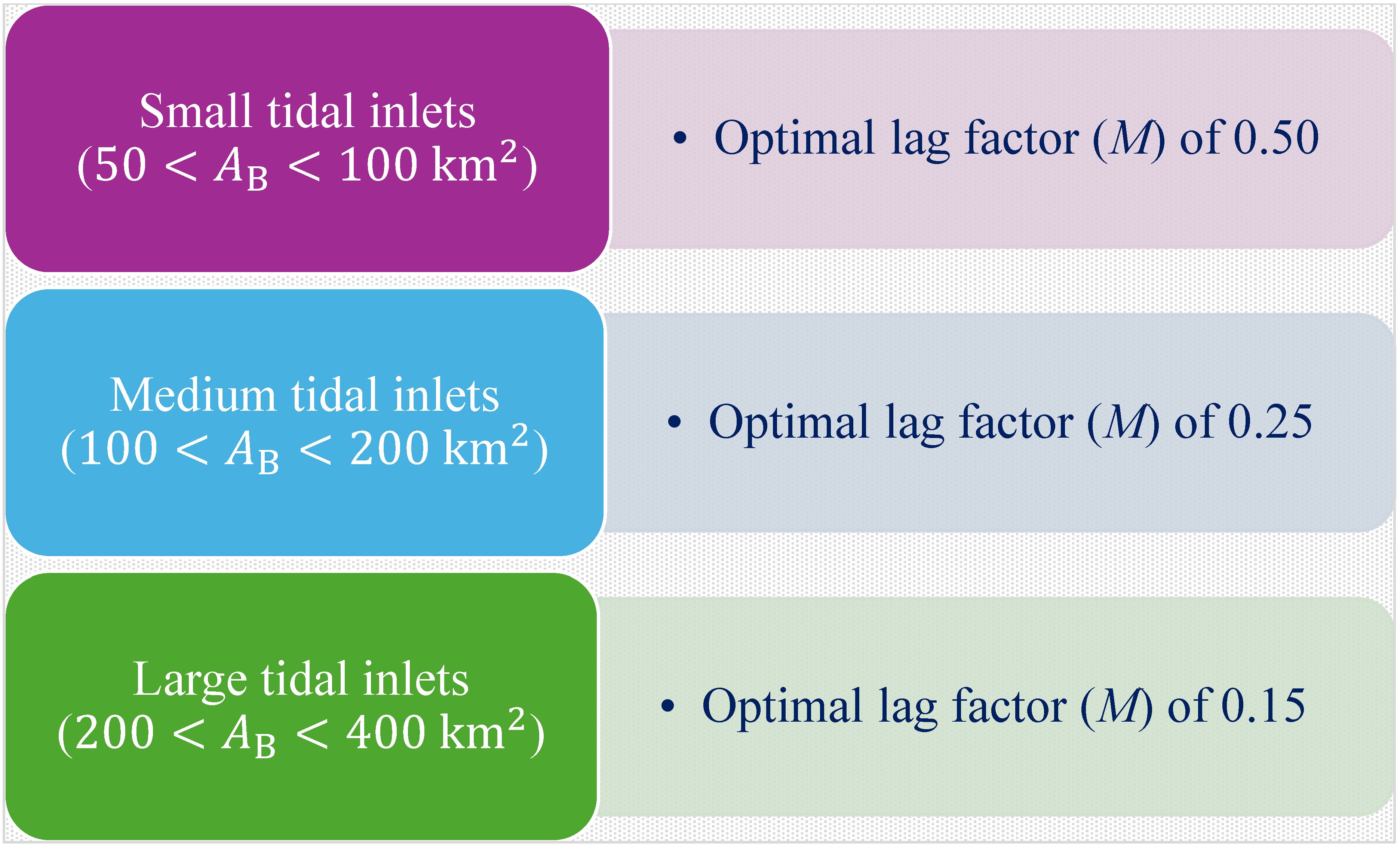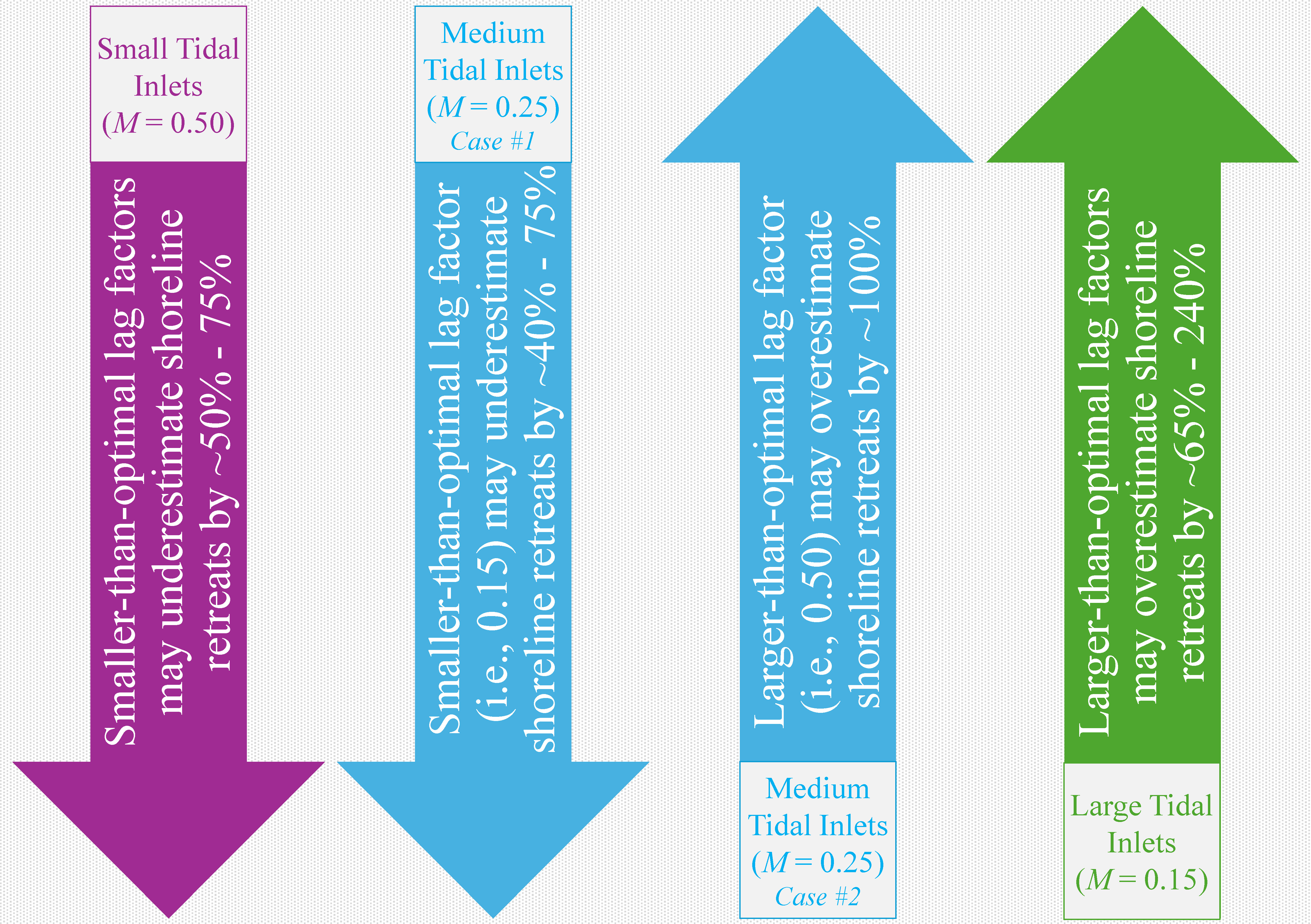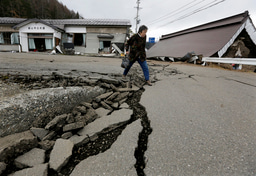On the time lag between sea-level rise and basin infilling at tidal inlets
Published in Earth & Environment

Background
Basin-infilling (i.e., the sediment volume needed by an estuary to satisfy the sea-level-rise-driven increase in its accommodation space) is a key process that needs to be considered when assessing the long-term evolution of inlet-adjacent coastlines. Due to the differences in the time scales involved, there is a time lag between hydrodynamic forcing (viz., sea-level rise) and morphodynamic response (viz., basin infilling) at tidal inlet systems. Our work reveals that the time lag between sea-level rise and basin infilling directly depends on the estuarine surface area. We derive indicative scale-dependent factors (M) accounting for the time lag between sea-level rise and basin infilling.
Why Is It Important to Consider the Time Lag between Sea-Level Rise and Basin Infilling at Tidal Inlets?
Throughout the past, inlet-adjacent coastlines have supported livelihoods and provided habitat for a vast majority of the population. The projected changes in the climatic conditions over the twenty-first century and beyond will likely result in substantial modifications of these densely populated coastlines. Such climate-change-driven changes will inevitably manifest into substantial socio-economic impacts. Therefore, it is essential to understand how these inlet-adjacent coastlines may evolve over century-scale periods to inform management strategies geared to minimise potential socio-economic damages1. Such long-term assessments consider the sediment volume exchanged between tidal-inlet systems and their adjacent coastlines2–4. In numerical model simulations, the sediment volume due to basin infilling, more often than not, is found to be the dominating driver of coastline change5. To date, one single lag factor value (M = 0.50) has been used to represent the time lag between sea-level rise and basin infilling volume for all estuaries, which may lead to inaccuracies in numerical model projections of inlet-adjacent shorelines. The consequences of such errors may be enormous, with the potential to significantly affect the socio-economic well-being of societies, especially if shoreline retreats are underpredicted.
What Did We Discover?
The lag factor (M) depends on the estuary's surface area.
The lag factor (M) between sea-level rise and basin infilling depends on the estuary's surface area. Based on a quality-controlled estuary dataset, here, we clustered the inlet-estuary systems into three classes by considering the surface area (AB). For the first time, using analytical considerations, we derive indicative optimal lag factors (i.e., M values) for the above-identified three estuary classes.

The use of M values other than an optimal lag factor may result in significant errors in shoreline change projections over the twenty-first century.
We tested the consequences of the use of sub-optimal lag factors on the 21st-century projections of inlet-adjacent shoreline changes by applying a probabilistic, reduced-complexity model (viz., G-SMIC)6, under four IPCC AR6 climate scenarios to each of the above-identified three tidal-inlet system types over the mid-century (2056 - 2065) and end-century (2091 – 2100) periods.

Note: Percentage ranges are obtained under all climate scenarios across both future periods considered.
References
- Toimil, A., Losada, I. J., Nicholls, R. J., Dalrymple, R. A. & Stive, M. J. F. Addressing the challenges of climate change risks and adaptation in coastal areas: A review. Coastal Engineering 156, 103611 (2020).
- Ranasinghe, R., Duong, T. M., Uhlenbrook, S., Roelvink, D. & Stive, M. Climate-change impact assessment for inlet-interrupted coastlines. Nat Clim Chang 3, 83–87 (2013).
- Ranasinghe, R. On the need for a new generation of coastal change models for the 21st century. Sci Rep 10, 2010 (2020).
- Bamunawala, J. et al. A Holistic Modeling Approach to Project the Evolution of Inlet-Interrupted Coastlines Over the 21st Century. Front Mar Sci 7, 542 (2020).
- Bamunawala, J. et al. Twenty-first-century projections of shoreline change along inlet-interrupted coastlines. Sci Rep 11, 14038 (2021).
- Bamunawala, J. et al. Probabilistic Application of an Integrated Catchment-Estuary-Coastal System Model to Assess the Evolution of Inlet-Interrupted Coasts Over the 21st Century. Front Mar Sci 7, 1104 (2020).
Follow the Topic
-
Scientific Reports

An open access journal publishing original research from across all areas of the natural sciences, psychology, medicine and engineering.
Related Collections
With Collections, you can get published faster and increase your visibility.
Reproductive Health
Publishing Model: Hybrid
Deadline: Mar 30, 2026
Women’s Health
Publishing Model: Open Access
Deadline: Feb 14, 2026




Please sign in or register for FREE
If you are a registered user on Research Communities by Springer Nature, please sign in